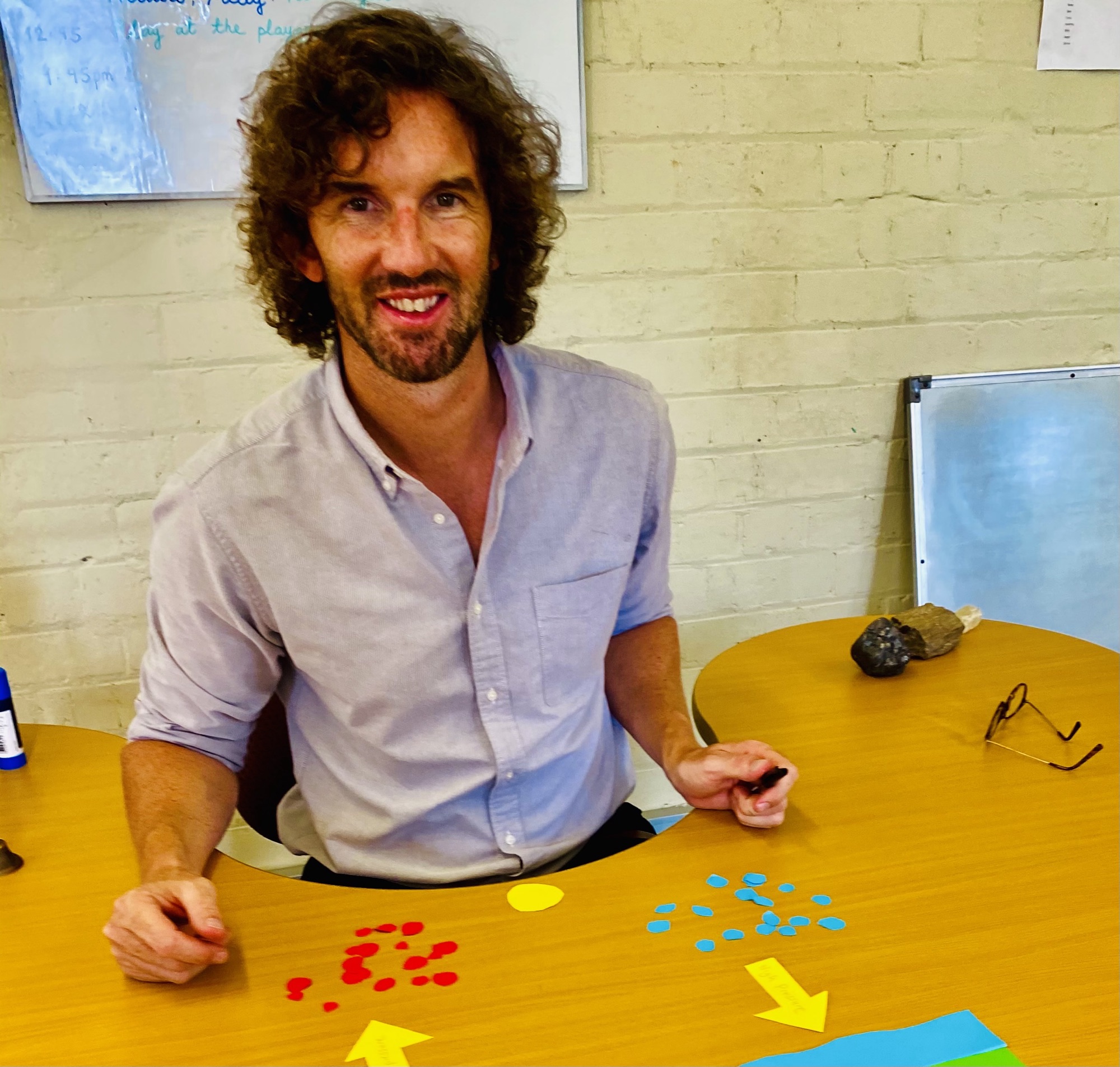In recent years, we have seen a growing emphasis on the importance of mental health and wellbeing. Just as we take care of our teeth to prevent decay and loss, it’s essential to establish mental hygiene practices to protect our mental health and prevent burnout.
Teachers are no exception. The demands of the job can be overwhelming, with long hours, heavy workloads, and challenging students. In this article, we will explore the concept of mental hygiene for teachers and provide practical strategies for schools to establish mental hygiene practices and protect their teachers from burnout.

What is Mental Hygiene?
Mental hygiene refers to the practice of maintaining and improving mental health and wellbeing. It involves adopting healthy habits, such as regular exercise, good nutrition, sufficient sleep, and stress reduction techniques. Just as we take care of our physical health to prevent illness, mental hygiene practices can help prevent mental health problems such as anxiety, depression, and burnout.
Why Teachers Need Mental Hygiene
Teachers face a unique set of challenges that can take a toll on their mental health. Long hours, high stress, and emotional demands are just a few examples. Burnout is a common problem among teachers, with one study reporting that 85% of teachers experience burnout at some point in their careers. Burnout can lead to physical and mental health problems, decreased job satisfaction, and even job loss.
One of the biggest challenges that teachers face is managing workload. Teaching is a demanding job that requires a lot of time and effort. Teachers are responsible for planning lessons, grading assignments, attending meetings, and communicating with parents. This workload can be overwhelming, particularly for new teachers who are still learning the ropes. In addition to workload, other factors that contribute to burnout include lack of support from colleagues and administrators, high-stakes testing, and challenging students.
Practical Strategies for Schools to Establish Mental Hygiene Practices
Schools play a critical role in establishing mental hygiene practices and protecting their teachers from burnout. Here are some practical strategies that schools can implement:
- Prioritize teacher wellbeing: Schools should make teacher wellbeing a top priority. This can be done by providing resources such as mental health counseling, yoga and meditation classes, and wellness programs. By prioritizing teacher wellbeing, schools can create a supportive environment that promotes mental health and reduces the risk of burnout.
- Reduce workload: Teachers are often overwhelmed by heavy workloads, which can contribute to burnout. Schools should take steps to reduce teacher workload by delegating tasks to support staff or reducing administrative tasks. For example, schools can hire paraprofessionals to assist with grading and other administrative tasks. They can also provide professional development opportunities to help teachers become more efficient and effective.
- Create a positive school culture: A positive school culture can go a long way in reducing stress and promoting mental health. Schools can create a positive culture by encouraging teamwork, recognizing teacher achievements, and fostering a sense of community. By promoting a positive culture, schools can help teachers feel supported and valued, which can reduce the risk of burnout.
- Provide professional development: Professional development can help teachers develop the skills and knowledge they need to manage stress and prevent burnout. Schools can offer workshops on topics such as stress management, time management, and mindfulness. By providing professional development opportunities, schools can help teachers become more resilient and better equipped to handle the demands of the job.
- Encourage self-care: Teachers often put their own needs last, which can lead to burnout. Schools can encourage self-care by providing opportunities for teachers to take breaks throughout the day, encouraging them to take sick days when needed, and promoting a healthy work-life balance. Teachers can also benefit from regular exercise, healthy eating habits, and hobbies outside of work. Encouraging self-care practices can help teachers manage stress and prevent burnout.
- Foster open communication: Open communication is key to preventing burnout. Teachers should feel comfortable discussing their workload and other concerns with colleagues and administrators. Schools can promote open communication by creating a safe and supportive environment where teachers can express their thoughts and feelings without fear of judgment or retaliation.
- Encourage collaboration: Collaboration can be a powerful tool for reducing stress and promoting mental health. Schools can encourage collaboration by providing opportunities for teachers to work together on projects and share ideas. By working together, teachers can support each other and reduce the burden of the workload.
Conclusion
Mental hygiene is the new dental hygiene, and it’s just as essential to our overall wellbeing. Teachers face unique challenges that can take a toll on their mental health, but schools can take practical steps to establish mental hygiene practices and protect their teachers from burnout. By prioritizing teacher wellbeing, reducing workload, creating a positive school culture, providing professional development, encouraging self-care, fostering open communication, and encouraging collaboration, schools can help teachers thrive and excel in their careers.
It’s time for schools to recognize the importance of mental hygiene and take action to support their teachers. By investing in teacher wellbeing, schools can create a supportive environment that promotes mental health and reduces the risk of burnout. As teachers, we owe it to ourselves and our students to take care of our mental health and wellbeing. Let’s make mental hygiene the new norm in education.
References:
- Maslach, C., & Jackson, S. E. (1981). The measurement of experienced burnout. Journal of Occupational Behavior, 2(2), 99-113.
- Vanderberghe, R., & Huberman, A. M. (1999). Understanding and preventing teacher burnout: A sourcebook of international research and practice. Cambridge University Press.
- Association for Supervision and Curriculum Development. (2018). Strategies for Teacher Self-Care.








